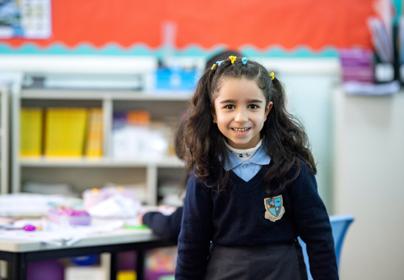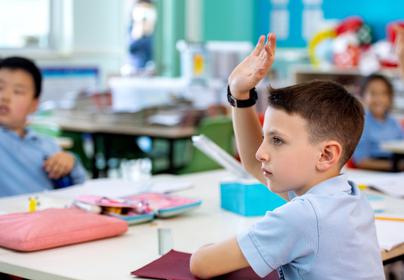Here's the article Britannica would like to share with our parents:
Our job as parents is to TEACH children how to solve problems by themselves. This way they can become confident, independent and successful individuals. Children with problem-solving skills manage their emotions, think creatively, and persist until they find a solution.
3-5 years old
- Use emotion coaching
Name and validate emotions
Let them process emotions
Problem-solving
- Say 'show me the hard part'
Problem-solving with storybooks - dialogue reading technique
- Creative play
5-7 years old
- Teach the problem-solving steps
1. What am I feeling?
2. What is the problem?
3. What are the solutions
4. What would happen if...?
5. Which one will I try?
- Use craft materials
- Ask open-ended questions: ' How could we work together to solve this?'
7-9 years old
- Break down problems into small chunks
Brainstorm together
Ask open-ended questions
Listen
- Show 'The broken escalator' video and have a discussion
9-11 years old
- Use creative problem-solving with prompts: create a jump ramp for cars, design your own game with rules
- Make them work for it: ask how they CAN earn the money to get what they want.
- Encourage them to put it on paper: graphic organisers.
12+ years old
- Play chess together
- Have them learn to code. It prompts creativity, logic, planning and persistence.
- Encourage them to start a creative and meaningful project
- Play SODAS method (SODAS is short for Situation, Options, Disadvantages, Advantages, Solution)
- Encourage them to join problem-solving groups: MUN, Debate team, Science Olympiad.




